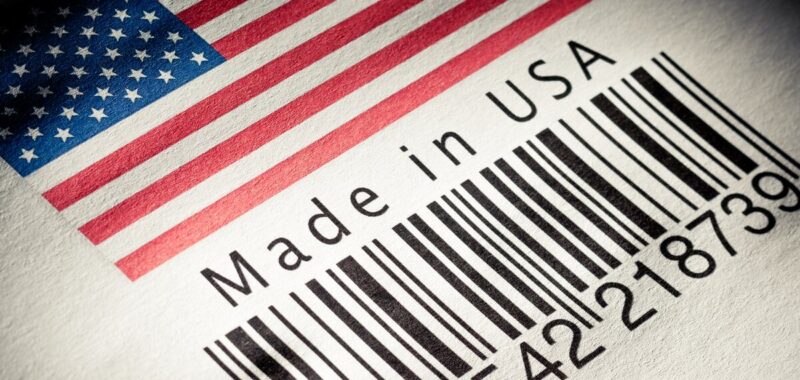
US-origin advertising claims are under renewed scrutiny in the cosmetics and personal care sector as international tariffs rise and supply chain strategies shift. While the appeal of a “Made in USA” label has grown in this context, so has the risk of making unsupported or misleading claims.
Beauty supply chains often rely on global sourcing of raw materials and ingredients, and manufacturers may consider asserting US origin claims as a differentiator.
However, while a “‘Made in USA’ label becomes more attractive to marketers, offering potential benefits but also requiring careful adherence to regulations,” Phyllis Marcis, Vice President of BBB National Programs’ National Advertising Division (NAD), told CosmeticsDesign.
We spoke to Marcis for her insights into the FTC’s “all or virtually all” standard, “Made in USA” claims, and strategies for beauty brands to ensure compliance with advertising claim regulations.
Understanding the FTC’s “all or virtually all” standard
To legally market a product as “Made in USA” without qualifications, the product must meet the Federal Trade Commission’s (FTC) exacting requirements. “The cornerstone of these regulations is the ‘all or virtually all’ standard, specifying that the product must be wholly manufactured and finished within the United States using materials of domestic origin,” she explained.
The FTC interprets “virtually all” to mean that any foreign content is negligible, with only minor components of foreign origin allowed.
“These rigorous criteria are designed to prevent consumer deception regarding a product’s origin and apply uniformly across all product categories,” Marcis said, including personal care products, where ingredients often come from international sources.
Common pitfalls and misconceptions among beauty brands
A common misconception some brands mistakenly believe is that assembling products in the US is enough to qualify for an unqualified “Made in USA” claim, “even when a substantial proportion of a product’s costs or components are sourced internationally,” said Marcis.
She added that using US symbols or phrases like “American Built” is not a substitute for meeting the FTC’s official threshold. “Some businesses underestimate the critical need for careful documentation of the origin of all costs and inputs and the geographical location of each manufacturing stage to substantiate such a claim,” she said.
Recent NAD case highlights compliance challenges
A recent NAD case illustrates the complexities of claiming US origin in beauty products. In GuruNanda v. Oral Essentials (Case No. 7386), the challenger argued that a key ingredient, Dead Sea Salt, originated overseas, making an unqualified “Made in USA” claim inappropriate.
“The advertiser provided proof intending to substantiate the argument that Dead Sea Salt constituted a domestic ingredient due to its processing within the United States,” Marcis said. “Nevertheless, the advertiser consented to permanently cease the claim on its products.”
The takeaway, she explained, is that if a core ingredient is imported, even if processed domestically, it may still disqualify a product from bearing an unqualified US origin label.
Legal and reputational risks of unsubstantiated claims
Beauty brands making unverified “Made in USA” claims face significant exposure and “carry significant legal and reputational risks,” Marcis said. That includes FTC investigations, financial penalties, and public corrections.
Beyond regulatory enforcement, “inaccurate claims can severely erode consumer trust… and can be easily compromised quickly via social media and influencers who have a great deal of power to change public sentiment and damage brand reputation,” she noted.
She further emphasized that NAD has seen a recent rise in challenges filed by competitors, signaling increased vigilance across the industry.
Best practices for compliance and consumer confidence
For brands looking to avoid issues with “Made in USA” or other unverified advertising claims, Marcis recommended the adoption of a proactive compliance strategy grounded in transparency for their marketing.
These strategies include using qualified language like “Assembled in the USA with domestic and imported parts,” maintaining documentation, and routinely reviewing supply chains and promotional materials. “Companies should not…state or imply that products are wholly or partially made in the United States unless they can substantiate those claims, she clarified.
However, she concluded that highlighting American jobs or US-based processes is still acceptable as long as it doesn’t mislead consumers about the finished product’s origin.

